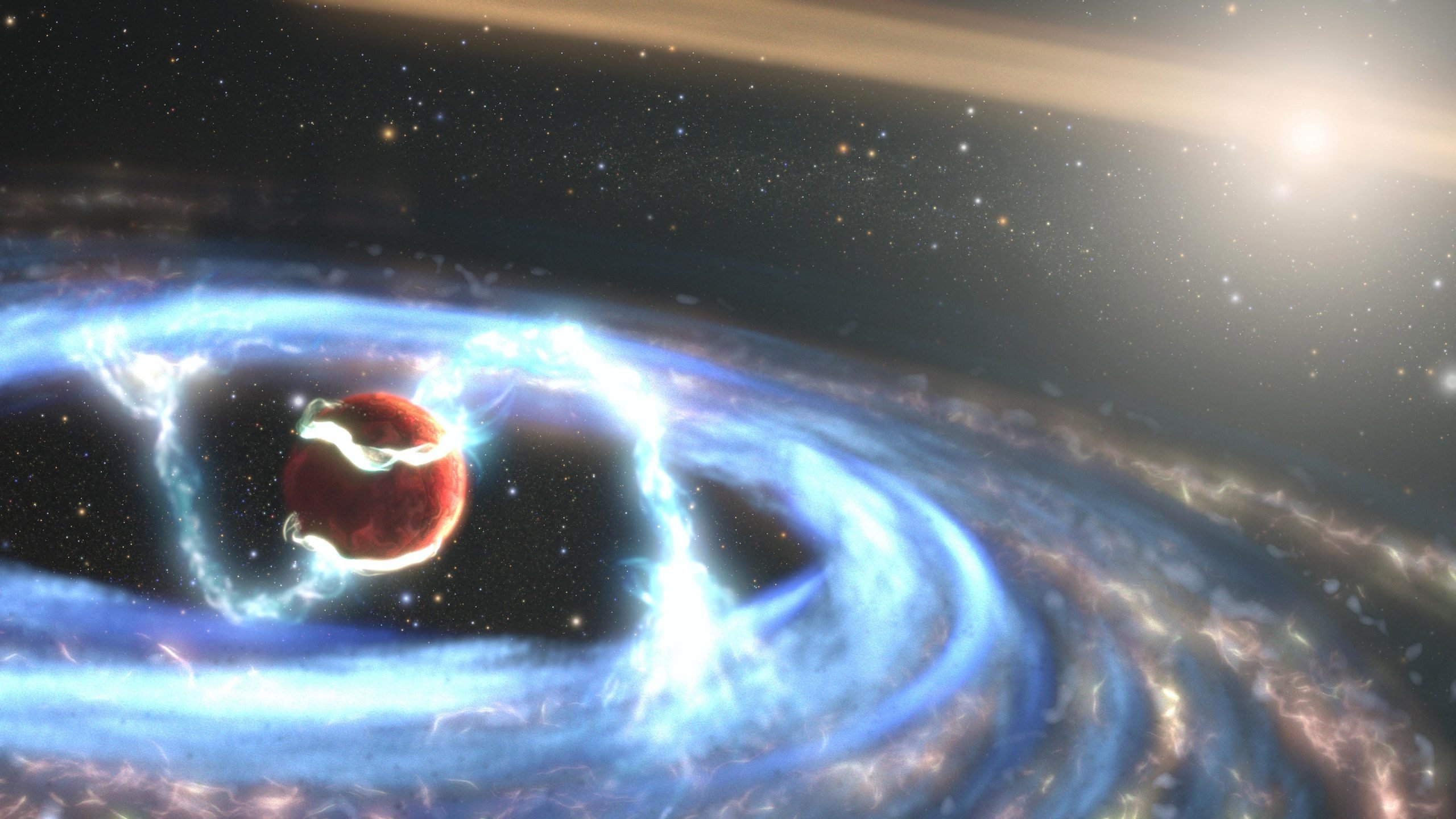Scientists Explore the Possibility of a Fifth Force of Nature

In the realm of physics, every phenomenon we observe is fundamentally influenced by what scientists refer to as the "forces of nature." Traditionally, four primary forces have been identified: gravity, electromagnetism, the weak nuclear force, and the strong nuclear force. Among these, the last two are specifically categorized as nuclear forces. However, a growing number of researchers are proposing the existence of a potential fifth force of nature, a hypothesis that has recently gained traction due to new findings presented in a groundbreaking paper.
This ambitious study is the result of collaborative efforts from an international team of scientists based in Switzerland, Australia, and Germany. They have put forth compelling evidence suggesting that this elusive fifth force may reside deep within the atomic structure, an area that has not been thoroughly explored in the context of fundamental forces. While the Standard Model of particle physics has undergone significant refinement to account for various quantum and cosmological phenomena, it still leaves several critical gaps that challenge our understanding of the universe.
One of the most notable gaps in our current understanding is the nature of dark matter, a mysterious substance that makes up a substantial portion of the universe yet remains undetected by conventional means. Similarly, the intricate workings of gravity are still not fully understood, despite it being one of the core natural forces. The introduction of a fifth force, along with additional fields and particles, has the potential to expand our comprehension of the universe in profound ways. However, establishing concrete evidence of the existence of such forces poses a significant challenge to scientists.
In tackling this daunting task, the researchers opted for a more focused approach. Instead of attempting to investigate cosmic phenomena, they directed their attention to the atomic level. Specifically, they studied the nuclei of four distinct isotopes of calcium. In atomic physics, electrons are generally confined to specific energy levels due to the attractive force between their negative charge and the positive charge of protons in the atomic nucleus.
However, when electrons receive sufficient energy—often described as a “kick”—they can transition to a higher energy level, a process referred to as atomic transition. The timing of this transition is intricately linked to the structure of the atomic nucleus, meaning that an element may exhibit multiple atomic transitions based on its neutron count.
The research team hypothesizes that a fifth force could act as the underlying mechanism driving these subtle interactions. Their experimental data revealed a slight gap between atomic transitions, suggesting the possibility of a particle with a mass estimated to fall between 10 and 10 million electronvolts. This intriguing finding opens the door to further inquiry and experimentation.
While the researchers have laid the groundwork for this exploration, confirming the existence of such a force will demand extensive further experimentation and refined calculations. The scientific community remains eager to see how this hypothesis will unfold in future research.
For those interested in keeping abreast of the latest developments in science and technology, signing up for newsletters or following reputable sources on social media platforms like Facebook, Twitter, and Instagram can be beneficial.
For additional insights and the original version of this article, please visit BGR.com.


























